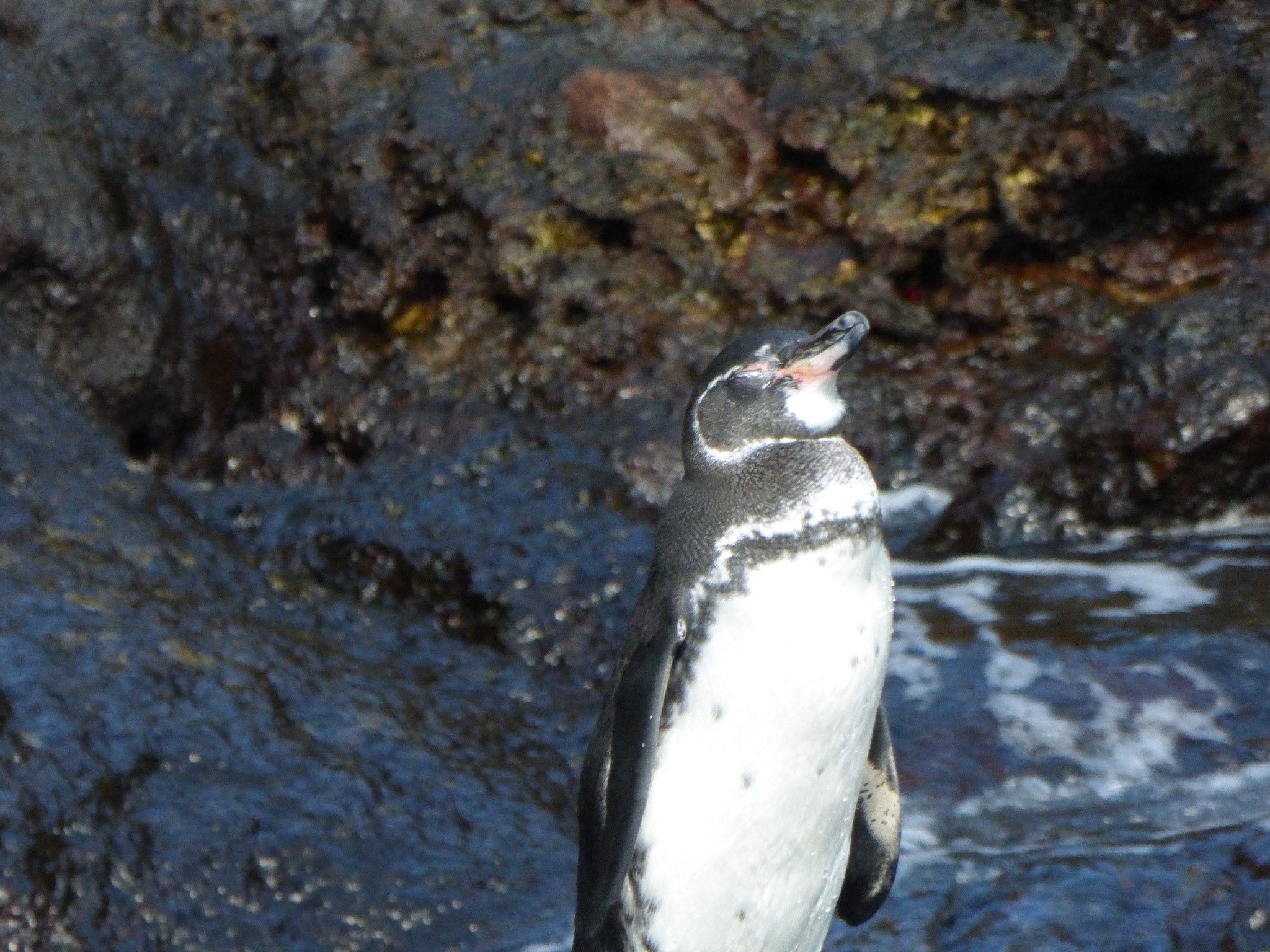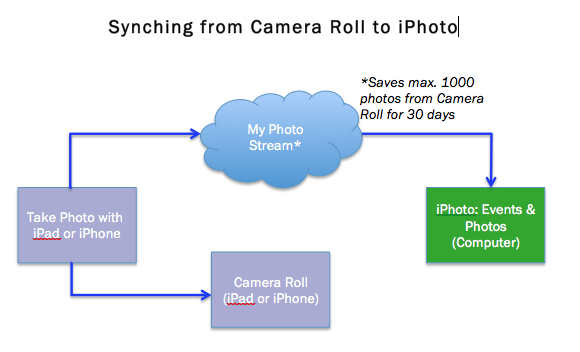Over the past few months I’ve been hearing and reading about the Internet of Things. Basically “things,” such as streetlights, stoves, parking spaces, doors, fridges, implanted medical devices etc. will be equipped with a sensor (to collect data), a unique identifier (e.g. barcode, IP address, etc.) and the ability to transfer data through an Internet connection. Communication can then happen seamlessly between “things,” with or without a human connection. For example, your fridge could send a notification to you when the milk is expiring while you’re near a grocery store. Like every new technological advance, there are a number of obvious advantages coupled with sinister uses, the ever present threat to our personal security, and more ways to compromise our confidentiality.
One example of advantage is through a company called Nest that produces “smart” thermostats and a smoke/CO detector. The “smart” thermostat learns the patterns of a household so that temperature adjustments happen automaticaly. Both the thermostat and smoke/CO detector can be checked/adjusted remotely through a smartphone app connected to the devices. Super useful if you’re away from the house.
Another product I recently read about is from Meld, a “smart” stove knob that adjusts the temperature of whatever you are cooking. The knob is paired with a temperature clip that attaches to the pot and then controlled/monitored through an app. Check out a video of how it works:
Everytime I hear about the Internet of Things I feel excited, but also apprehensive. I can think of a few connected “things” I would appreciate, especially ones that would help out with being more energy efficient. But then I start to feel nervous thinking about the massive amounts of data production, how everything will be connected, and what types of safeguards will have to put in place. Even for products like those produced by Nest and Meld, which seem super useful and low-risk, could pose dangers if they were hacked. What if somebody was able to turn your stove on remotely via Meld while simultaneously disabling your Nest smoke detector?
As the Internet of Things gains momentum it’s likely we will all start to see a few more of those Creepy Connections I mentioned in an earlier post, except the connections may extend far beyond social ones.






